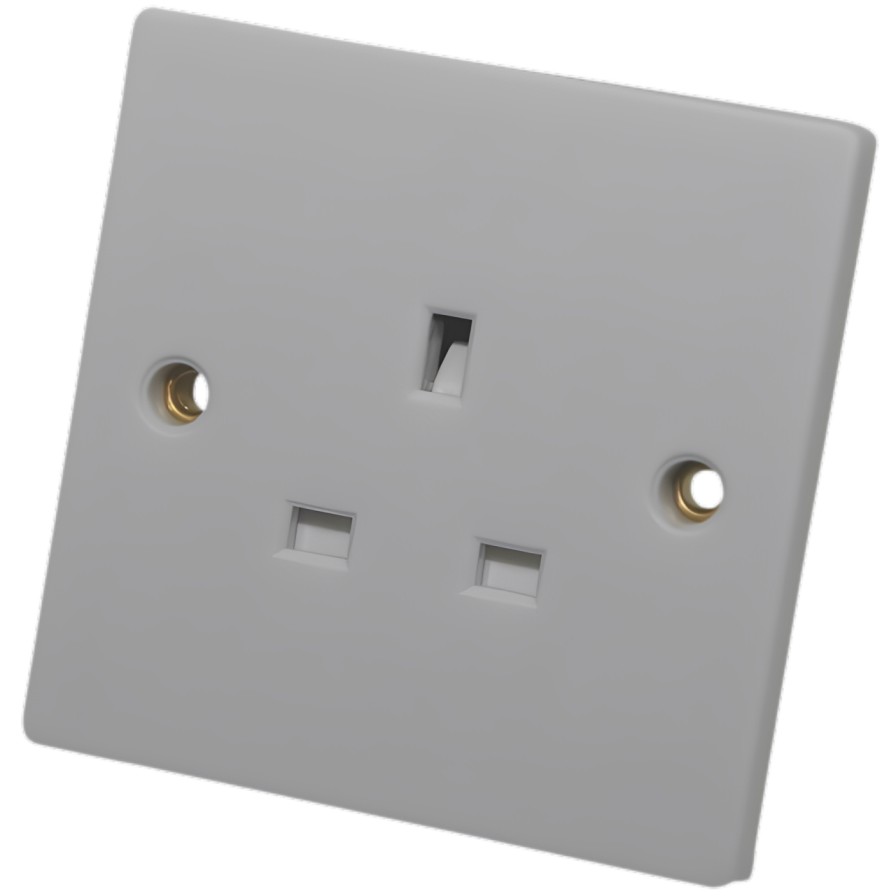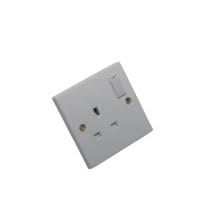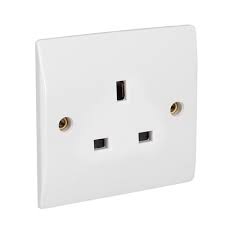
Introduction: What Is an Unswitched Electrical Socket?
An unswitched electrical socket is a vital component in electrical installations, commonly used in homes, businesses, and industrial settings. Unlike its switched counterpart, it does not have an integrated switch to control the power supply. Instead, power is supplied continuously when the device is plugged in. This type of socket is favored for applications where continuous power is required, such as with appliances like refrigerators, or in installations where switches may not be necessary. Understanding its features, advantages, and applications can help in selecting the right socket for your electrical needs.
Understanding the Unswitched Electrical Socket
Key Features of Unswitched Electrical Sockets
Unswitched electrical sockets are typically designed to deliver uninterrupted power. Here’s what makes them stand out:
- Continuous Power Supply: These sockets allow power to flow continuously without the need for manual switching.
- Simple Design: Without a switch, the socket’s design is often more compact and less prone to wear and tear over time.
- Safety Features: Although these sockets do not have a switch, they are built with safety mechanisms like grounding and insulation to prevent electrical accidents.
Where Are Unswitched Electrical Sockets Used?
Unswitched sockets are ideal for situations where frequent switching of power is not required. Here are some common applications:
- Home Appliances: Unswitched sockets are often used for items that need constant power, such as refrigerators, freezers, and other appliances.
- Industrial Applications: In manufacturing environments, equipment like safety lights or machinery may require an unswitched connection to ensure that power is always available.
- Commercial Installations: In offices and businesses, unswitched sockets are frequently used to power equipment that runs continuously, such as servers and network devices.
Benefits of Unswitched Electrical Sockets
Convenience and Efficiency
For certain devices that require constant power, an unswitched socket offers a convenient solution. There is no need to manually switch the power on and off, making it ideal for critical devices such as safety systems and appliances.
Increased Durability
Since unswitched sockets lack moving parts (like a switch), they are less susceptible to wear and tear. This durability makes them particularly suited for high-use environments where reliability is paramount.
Enhanced Safety
Unswitched sockets are designed with robust safety features, including insulated contacts and grounding, to ensure that the electrical connection is secure and minimizes the risk of electrical faults. Many unswitched sockets also come with childproof features to prevent accidental insertion of objects into the socket.
Common Applications of Unswitched Electrical Sockets
Household Use
In residential settings, unswitched sockets are commonly used in kitchens, laundry rooms, and garages for powering large household appliances. They are also used for appliances like washing machines, which need to operate continuously but do not need to be manually switched off.
Industrial and Commercial Use
Unswitched electrical sockets are widely used in industrial settings to power machines, tools, and other essential equipment. In commercial environments, such as offices or data centers, these sockets are ideal for powering IT infrastructure, including routers, modems, and networking equipment, which require uninterrupted power supply.
Essential for Safety Systems
Unswitched sockets are often used in fire alarm systems, emergency lighting, and other safety-critical installations. These systems must remain operational at all times, and an unswitched socket ensures that the power supply is consistent.
Unswitched Electrical Socket vs. Switched Electrical Socket
While both types of sockets serve the same basic function — providing power to devices — they differ in how they control the flow of electricity.
- Switched Electrical Sockets: These sockets feature a switch that allows users to control the flow of electricity manually. They are commonly used for devices that do not require constant power, such as lamps, where it’s more practical to have the ability to turn off the power when not in use.
- Unswitched Electrical Sockets: As mentioned, these sockets provide a continuous flow of electricity and are typically used where devices need to be powered without interruption.
Key Differences:
- Control: Switched sockets allow manual control over power, while unswitched sockets provide a continuous supply.
- Application: Unswitched sockets are best suited for appliances or devices that require constant operation.
- Design: Switched sockets tend to have more complex designs due to the inclusion of a switch.

Considerations When Installing Unswitched Electrical Sockets
Electrical Safety Standards
When installing unswitched electrical sockets, it is essential to adhere to local electrical codes and safety standards. These standards are designed to protect users from electrical hazards and ensure the proper installation of electrical components. It is highly recommended that a licensed electrician installs or inspects electrical sockets to prevent potential risks.
Choosing the Right Socket for the Job
Selecting the right unswitched socket depends on the specific requirements of the appliance or device. Factors to consider include:
- Voltage and Amperage: Ensure the socket matches the voltage and amperage requirements of the device being powered.
- Location and Environment: For outdoor or industrial use, consider sockets with weatherproof or ruggedized features.
- Quality and Certification: Always choose sockets that meet national or international electrical safety standards for peace of mind.
Conclusion
An unswitched electrical socket is a fundamental component in various electrical installations, providing constant and reliable power to devices that require continuous operation. Understanding the differences between unswitched and switched sockets, their applications, and the benefits they offer can help you make informed decisions for both residential and commercial electrical needs. By selecting the right socket and adhering to safety standards, you ensure efficient and safe power supply to your essential devices.

